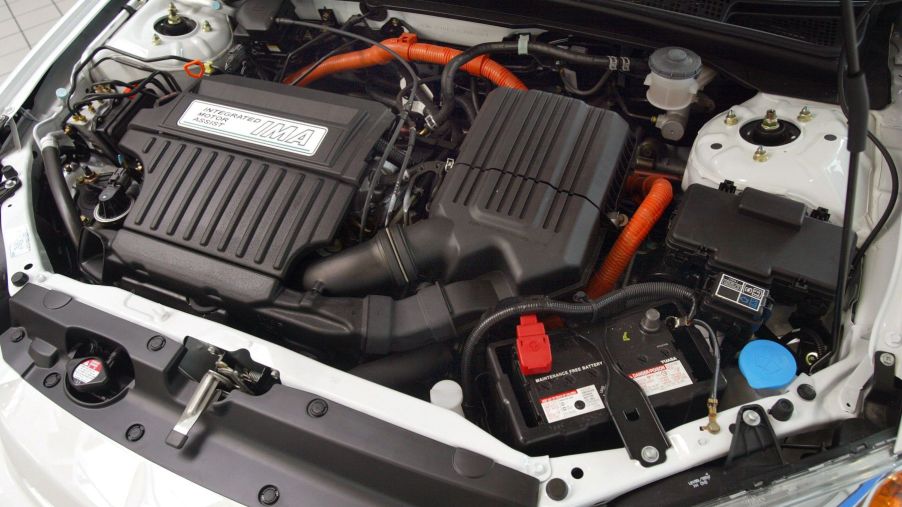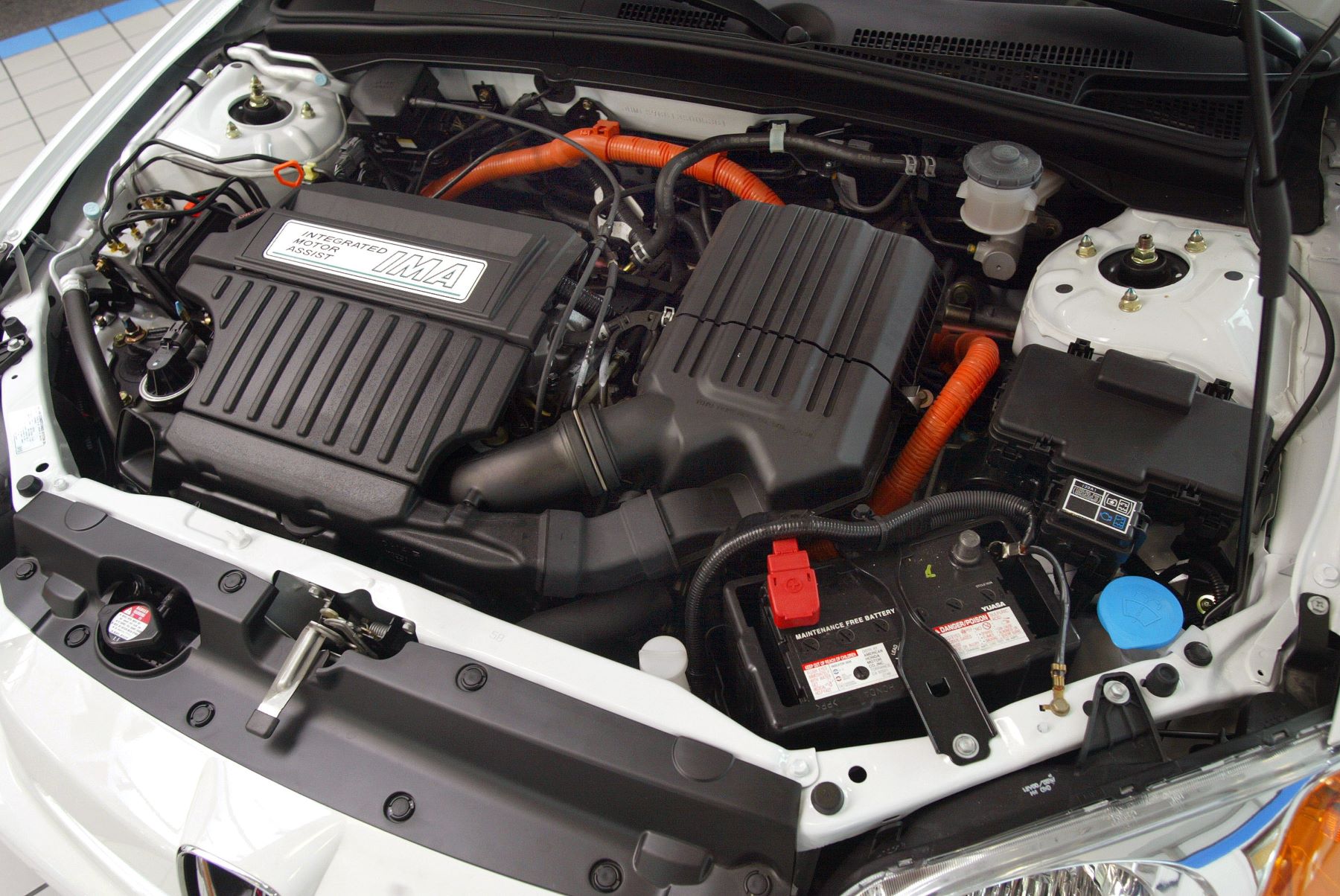
What Does Engine Cleaner Do?
If you haven’t visited an auto parts store recently, you might be surprised at all the various cleaners and tools available on the shelves. One in particular, with variations and multiple brands, is engine cleaner. If you’ve never used engine cleaner before as part of your vehicle maintenance routine, you might not understand what it is, its uses, or its benefits.
You understand the vital importance of preventative maintenance for your car. It’s the little steps you take across the entire ownership experience to keep your car or truck in excellent working condition. So, how does engine cleaner play into those best practices?
What is engine cleaner?

So, what is engine cleaner anyway? Well, it’s an engine flush developed specifically from chemicals designed to clean away or dissolve any sludge build-up or deposits. Once poured into the engine, these additives will mix with your vehicle’s oil and circulate throughout the engine entirely.
Engine cleaner is an automotive degreaser, usually comprised of cleaning agents. Some of the more popular ingredients include solvents, such as n-hexane, n-heptane, cyclohexane, pentane, and petroleum ether. These chemicals bring the dielectric properties needed to cut through the gunk you might have in your engine. Other aromatic hydrocarbons might be used, too, like naphtha and xylene. However, as Autoblog suggests, be cautious with the engine cleaners you select since some can be flammable.
What does engine cleaner do?
When you elect to do an engine flush with one of the more popular brands of engine cleaner on the market, you’re tapping into those chemical dissolving properties to remove unwanted sludge inside the engine. Over time and if left unaddressed, those internal deposits will negatively impact the engine’s ability to perform.
Most instructions suggest you pour the liquid variants into the engine’s oil-filler port. Then it’s best to let your car idle for at least 10 to 20 minutes, which will help circulate the cleaning agents throughout the entirety of the engine.
In addition to cleaners or engine flushes, you might also see octane boosters. These operate differently in that they are intended to improve “fuel compression in the engine” prior to detonation, as Access Insurance describes. These secondary additives can result in better horsepower. However, they don’t do anything to clean your engine as a traditional engine cleaning product will.
Benefits of ‘cleaning’ your engine
Just because an automotive product exists doesn’t necessarily endorse it as a must-have for your car. Still, in the case of the engine cleaner, there are plenty of benefits to consider adding it to your vehicle maintenance routine. Even brand-new vehicles can experience performance-draining sludge build-up quickly. Additionally, if you own an older model ride, over eight years old, or with more than 150,000 miles on the odometer, the cleaner is necessary for preventative maintenance.
Before selecting an engine cleaning product, do your homework on what is recommended for your make, model, and mileage. Or, you can talk with a mechanic professional to get an idea of what to buy. Still, know that with suitable blends, your engine will benefit.
- Spot cracks, leaks, or other problems you might not otherwise see.
- Remove corrosive elements like road salt and debris before they initiate corrosion in your engine.
- Prevent combustion and fire hazards by removing flammable sludge.
- Improve your vehicle’s value, even at higher mileage or ages.
It’s recommended that new vehicle owners explore engine flushes around 35,000 miles. Over the life of the vehicle, or for those buying used models already peaking those odometer readings, engine cleaning efforts are great every 3,000 to 8,000 miles.
Now that you better understand what an engine flush entails and the many benefits, you can be more confident adding these products to your maintenance arsenal.


